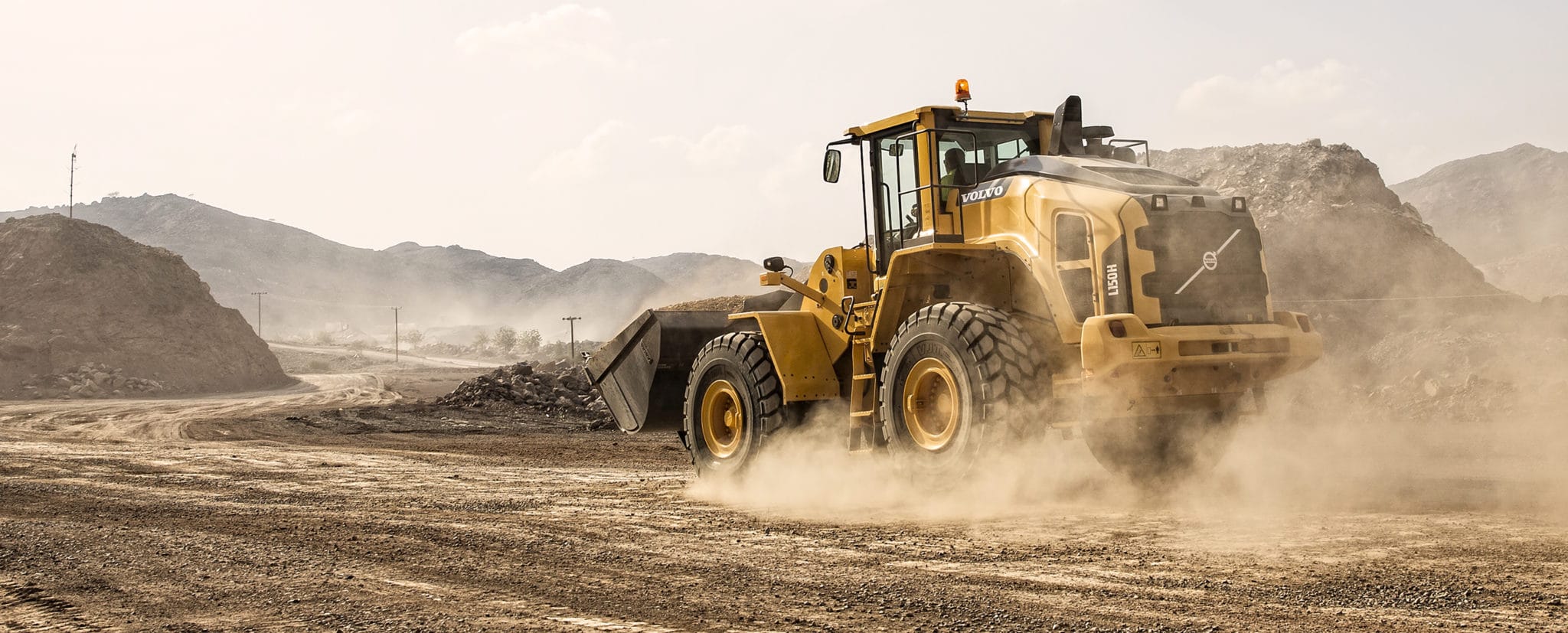Mini Excavator Rental: Compact and Powerful Equipment
Mini Excavator Rental: Compact and Powerful Equipment
Blog Article
Leasing Vs. Purchasing Building And Construction Tools: Making the Right Selection for Your Task
When beginning on a construction project, one of the essential decisions that forecast stakeholders and managers face is whether to rent or get building and construction equipment. The choice pivots on numerous variables such as expense considerations, task period, equipment maintenance, threat, flexibility, and scalability management.
Cost Factors To Consider
Leasing devices commonly requires lower preliminary repayments contrasted to purchasing, making it an attractive option for temporary jobs or specialists with spending plan constraints. In the long run, constantly renting out tools can accumulate higher prices than purchasing, especially for extended tasks.
On the other hand, acquiring building equipment includes higher upfront expenses however can cause lasting savings, especially for frequent customers or lasting projects. Owning tools gives adaptability, ease, and the potential for resale worth once the job is completed. Additionally, owning tools permits personalization and knowledge with particular machinery, possibly raising efficiency and efficiency on-site. Ultimately, the decision in between renting out and acquiring building tools depends upon the project's duration, regularity of use, spending plan factors to consider, and lasting monetary objectives.
Job Period

Conversely, for lasting projects or recurring building and construction job, buying tools could be the a lot more cost-effective choice. Investing in tools can result in set you back financial savings over time, specifically if the devices will certainly be regularly used. Moreover, possessing tools offers a feeling of control over its schedule and enables personalization to fit specific job demands.

Equipment Upkeep
Offered the critical role project duration plays in identifying the most affordable method in between buying and leasing building tools, the focus currently shifts towards taking a look at the essential element of equipment upkeep. On the other hand, owning tools calls for a positive strategy to upkeep to prevent breakdowns, ensure safety, and expand the devices's life-span. Ultimately, a properly maintained construction tools fleet, whether rented out or had, is essential for the reliable and successful conclusion of construction tasks.
Flexibility and Scalability
In the realm of construction devices management, the aspect of versatility and scalability holds substantial relevance for project efficiency and resource use. Choosing to rent out building devices supplies a high degree of adaptability as it allows for the fast change of tools types and quantities based on the developing needs of a job.
Renting out building and construction equipment provides the benefit of easily scaling operations up or down as job demands change. Service providers can rapidly add or trade devices to match the task's altering needs without the restrictions of having properties that might end up being underutilized or outdated.
Risk Management
Effective risk monitoring in construction tools procedures is vital to making certain job success and mitigating possible economic losses. Building and construction jobs inherently involve different threats, such as devices malfunctions, accidents, and job delays, which can considerably influence the task timeline and spending plan. By carefully taking into consideration the threats related to owning or leasing building devices, task supervisors can make educated choices to minimize these potential dangers.
Leasing building equipment can provide a level of danger mitigation by moving the obligation of upkeep and repair work to the rental company. This can reduce the economic burden on the task owner in case of unforeseen devices failures (forklift rental). In addition, renting supplies the flexibility to accessibility specific devices for specific task stages, reducing the threat of possessing underutilized equipment
On the other hand, having construction devices gives a sense of control over its use and upkeep. Nonetheless, this also implies birthing the full duty for repairs, maintenance costs, and devaluation, increasing the monetary dangers related to devices possession. Cautious threat assessment and consideration of variables such as project duration, devices usage, and upkeep requirements are crucial in establishing one of the most appropriate option for reliable danger monitoring in building and construction projects.
Verdict
To conclude, when choosing in between getting and renting building and construction equipment, construction equipment rentals it is necessary to consider cost, task duration, devices maintenance, threat, flexibility, and scalability monitoring. Each variable plays a critical role in figuring out the most ideal alternative for the job available. By very carefully assessing these facets, job supervisors can make an informed decision that lines up with their spending plan, timeline, and general task objectives.

Report this page